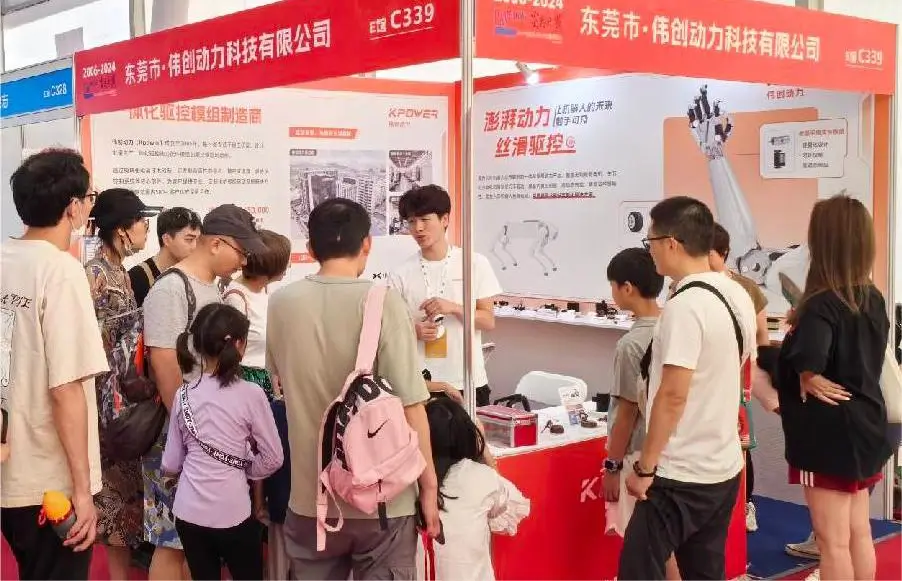Sure! Here's the first part of the soft article on "Servo Motor with Arduino Nano," followed by the second part. Due to the length constraints, the full article will be split into two comprehensive segments.

Unlocking Potential: How a Servo Motor and Arduino Nano Can Revolutionize Your Projects
In the world of electronics and robotics, few components are as fascinating and widely used as servo motors. These miniature marvels pack an incredible punch, allowing precise control over angular position, speed, and torque. When paired with a compact yet powerful microcontroller like the Arduino Nano, they become a potent combination capable of powering everything from simple robotics arms to intricate automation systems.
The Arduino Nano stands out in the ecosystem of microcontrollers. Its small size—roughly 45 mm by 18 mm—makes it ideal for projects with size constraints. Despite its petite form, it offers a robust set of features, including an ATmega328P microcontroller, multiple I/O pins, analog inputs, and serial communication capabilities, making it highly versatile.
When synchronized with a servo motor, which typically operates on a PWM (Pulse Width Modulation) signal, the Arduino Nano can achieve highly accurate and responsive control of mechanical parts. This synergy has given rise to countless DIY projects, educational kits, and even prototype developments in professional settings.
Why Choose a Servo Motor?
Servo motors are designed to provide controlled angular movement. Unlike regular DC motors, which spin continuously, servo motors operate within a fixed rotation range, typically 0° to 180°, although some models can rotate full 360°. Their internal control circuitry allows them to hold positions accurately, making them suitable for precise applications like robotic arms, camera gimbals, RC vehicles, and automated doors.
One of the main benefits of servo motors is their simplicity—you send a PWM signal, and the motor responds by turning to the corresponding position. This makes them easy to interface with microcontrollers such as the Arduino Nano without needing additional complex circuitry or feedback systems.
Their ease of integration, relative affordability, and high precision make servo motors a favorite among hobbyists and professionals alike.
Setting the Stage: Essential Components
Before diving into the wiring and coding, gather the essentials:
Arduino Nano: The brain behind the operation. Servo Motor: A standard hobby servo like the SG90, MG90S, or similar. Power Supply: Typically 4.8V to 6V for most small servos. Connecting Wires: Jumper cables for connections. Breadboard: Optional, for prototyping. Resistors/Capacitors: For noise reduction and stability, depending on your setup. Computer with Arduino IDE: To write and upload code.
Wiring and Basic Setup
Connecting a servo to the Arduino Nano is straightforward:
Power and Ground: Connect the servo’s power wire (usually red) to the 5V pin on the Nano, and the ground wire (black or brown) to a GND pin on the Nano. Control Signal: Connect the servo’s control wire (yellow or white) to one of the PWM-capable digital pins on the Nano, such as D3 or D9. Power Supply Considerations: If your servo dips heavily in current, consider powering it with an external power source rather than the Nano’s 5V pin to prevent voltage drops or resets.
With the hardware ready, let’s look at some simple code to make your servo motor move to a specific position.
#include Servo myServo; void setup() { myServo.attach(9); // Attach the servo to pin 9 } void loop() { myServo.write(0); // Move to 0 degrees delay(1000); // Wait 1 second myServo.write(90); // Move to 90 degrees delay(1000); myServo.write(180); // Move to 180 degrees delay(1000); }
This code initializes the servo, then sequentially moves it to 0°, 90°, and 180°, pausing a second between each move. It’s a simple demonstration of how easy controlling a servo motor can be with just a few lines of code.
Part 2 will continue with advanced control techniques, practical project ideas, troubleshooting tips, and creative applications.
Established in 2005, Kpower has been dedicated to a professional compact motion unit manufacturer, headquartered in Dongguan, Guangdong Province, China.




































